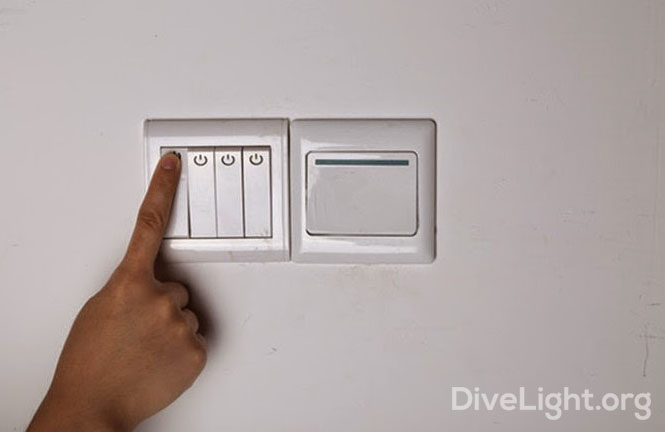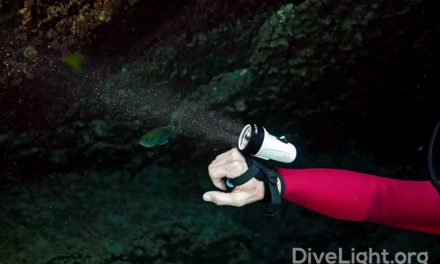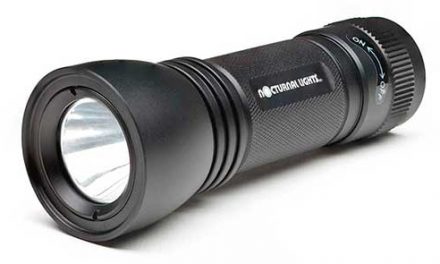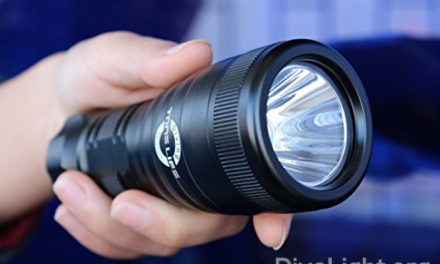Dive light switches differ from regular switches because they have to be able to be switched on or off underwater. Therefore, they must be waterproof and must have the ability to resist water pressure and still function as expected. Several different dive light switch types are currently available. They differ in the mechanism of operation, performance underwater, and durability. Here are brief descriptions of the four most common types of dive light switches.
Magnetic Switches
These switches work through the housing of the dive light. The light holds a magnet in an external slider or the bezel. The magnet may rust in the case of exposure to water, so proper care and maintenance of the light is essential. The problem with this type of dive light switch is that the magnet may interfere with the compass used for underwater navigation.
Toggle Switches
Toggle switches are the preferred dive light switch because they are waterproof and easy to operate. These switches feature rubber moldings that cover the lever of the toggle as well as seal to the housing of the dive light. The toggle switch types are ideal for custom and production dive lights.
Push Button Switches
The push button switches used in dive lights must be sufficiently spring loaded in order to compensate for the additional external pressure present underwater. The manufacturers of this type of switch usually use a narrow pushrod with O-ring seals and a spring of moderate strength. They then install a broad mushroom head over the switch mechanism to provide comfort to the user of the dive light.
Screw-On End Covers
This is perhaps the most common type of switch used in dive lights. In most cases, the cover is removed to change the batteries, meaning it must be water tight and removable. The end of the light is further screwed onto the housing of the light in order to establish a connection between the battery and the contact and turn the light on. Look for dive lights that feature double O-rings, as these provide added protection to the light.







